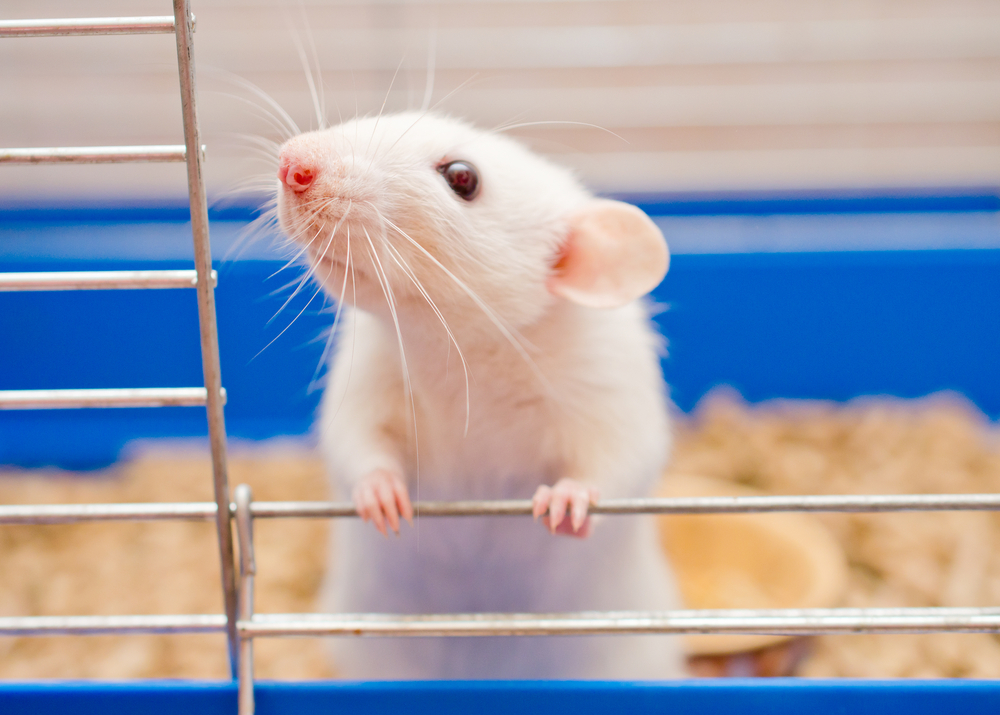Cannabinoids May Improve Muscle Function in Myasthenia Gravis, Mouse Study Suggests

Treatment with cannabinoids improved muscle function in a mouse model of myasthenia gravis (MG), suggesting they may have therapeutic potential for the disease, researchers say.
The study, “Cannabinoid-induced increase of quantal size and enhanced neuromuscular transmission,” appeared in the journal Scientific Reports.
Cannabinoids regulate multiple levels of neuronal communication, including the formation of new neurons and the release of neurotransmitters, which are chemical messengers that ensure neuron-to-neuron communication.
Research on cannabinoids has been focused on the brain, while their effects on the neuromuscular junction (NMJ) —the connection between a motor neuron and a muscle cell — remain unexplored.
Previous studies on animals have shown that, similar to their effects on the brain, certain cannabinoids act on the NMJ to reduce the amount of released vesicles per nerve impulse, a process known as quantal content. Vesicles are tiny structures that contain neurotransmitters and are released from neuron to neuron.
However, aside from findings in rats regarding delta9-tetrahydrocannabinol (THC), the major psychoactive component of marijuana, researchers still lack information on the action of cannabinoids at the mammalian NMJ.
The research team aimed to fill this knowledge gap by determining the function of cannabinoids at the NMJ. Given the increasing use of cannabinoids in medical practice, understanding their influence on the peripheral nervous system “might have broad implications for the therapeutic application of cannabinoids,” they wrote.
Cannabinoids generally act through cannabinoid-1 (CB1) receptors, which are highly abundant throughout the central nervous system (CNS), but are produced at lower levels outside the brain and spinal cord. CB1 receptors regulate the release of two main neurotransmitters — GABA, which is inhibitory, and glutamate, which is excitatory — as well as other molecules such as acetylcholine, noradrenaline, dopamine, and opioids.
Using mice, the results showed that cannabinoids have a different effect at the mammalian NMJ than in the brain. Cannabinoids increased synaptic vesicle volume and the content of acetylcholine within each vesicle, which led to a boost in neuromuscular transmission.
These results differ from cannabinoids’ effects at CNS synapses, where these molecules typically reduce the release of vesicles, the authors said.
Data also revealed that the molecular pathways activated by cannabinoids in the NMJ are different from those in the CNS. Further research is needed to identify which cannabinoids improve neuromuscular transmission and which receptors are involved, the team said.
Researchers also found that treatment with a cannabinoid receptor agonist (WIN 55,212) restored neuromuscular transmission in the MG mice.
“Our data suggest an endogenous pathway by which cannabinoids might help to regulate transmitter release at the [NMJ],” the investigators wrote. The study also highlights a “possible therapeutic potential for cannabinoid signaling in [MG],” they said.






